hello! Pierpaolo
here same picture of my summing mixer done with your IO boards ,doa, fet in boards
IO boards are used for master section and for some input
app2050,app 2055 ,melcor 1731 ,2520bc doa used
for input your class A fet board
in total are 24 channels organized in 4 mono channels-4 mono chan. with pan pot-8 stereo input
3 stereo buss , inserts on 16 channels, meter buffer, out transformer option on master buss
sound fantastic,clean,dynamic, very satisfied
thanks Pierpaolo for your help !!
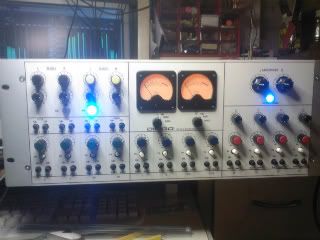
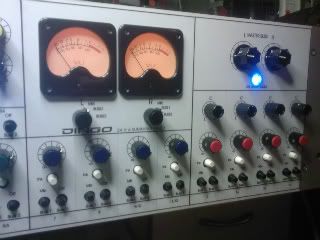
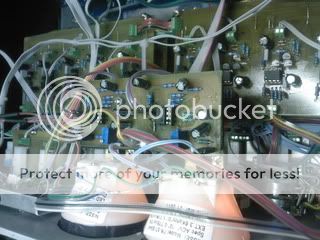
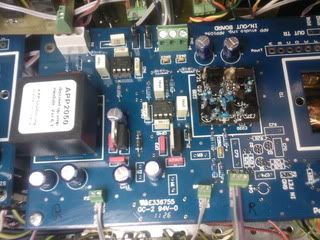
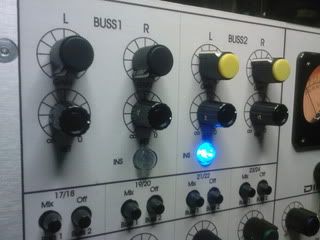
here same picture of my summing mixer done with your IO boards ,doa, fet in boards
IO boards are used for master section and for some input
app2050,app 2055 ,melcor 1731 ,2520bc doa used
for input your class A fet board
in total are 24 channels organized in 4 mono channels-4 mono chan. with pan pot-8 stereo input
3 stereo buss , inserts on 16 channels, meter buffer, out transformer option on master buss
sound fantastic,clean,dynamic, very satisfied
thanks Pierpaolo for your help !!



















